Dominic Guzman and Francis of Assisi. “Not the world, but the sword”: two faces of the Catholic Church
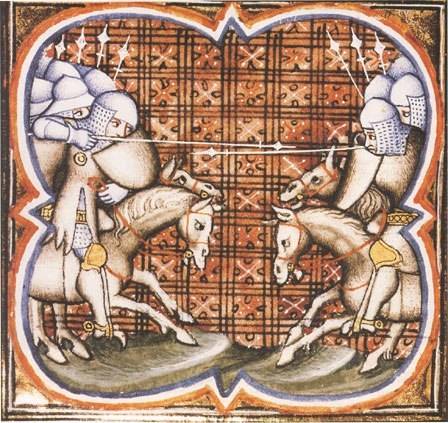
The 13th century is a time of fanaticism, religious intolerance and endless wars. Everyone knows about the Crusades against Muslims and Gentiles, but the Christian world has already broken the contradictions. The gulf between Western and Eastern Christians was so great that, having captured Constantinople (1204), the crusaders, in their defense, declared the Orthodox Greeks such heretics that "God himself is sick", and also that the Greeks, in essence, are "worse than the Saracens” (Until now, Catholics are semi-contemptuous of calling Orthodox Christians "Greek Orthodox").
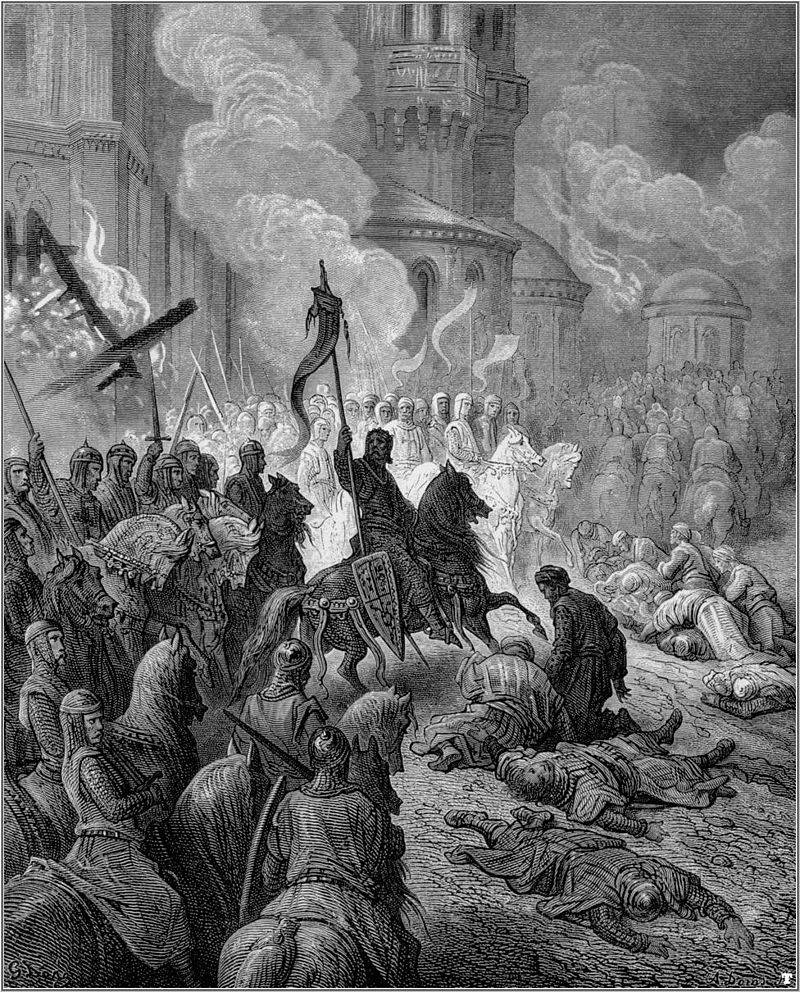
Cecile Morison wrote:
Enemies of the vatican
Soon, the crusaders from Northern and Central France and Germany will not go to the Holy Land, and not to the East, against the "Gentiles", but to Occitania - to the south of modern France. Here they will drown in blood the movement of heretic Cathars, who called their faith "the church of love", and themselves - "good people." But they considered the cross to be just an instrument of torture, refusing to recognize it as a symbol of faith, and dared to claim that Christ is not a man and not the son of God, but an angel who appeared to indicate the only way to salvation through complete detachment from the material world. And, most importantly, they did not recognize the authority of the pope, which made their heresy completely intolerant.
The Waldensians, who did not encroach on the official theology of Rome, but, like the Cathars, condemned the wealth and corruption of the clergy, also seemed no less enemies of the Catholic Church. This was enough to organize the most severe repressions, the reason for which was the translation of the sacred texts into local languages, carried out by "heretics." In the 1179 year, at the Third Lateran Council, the first condemnation of the Waldense teachings followed, and in the 1184 year they were excommunicated at the cathedral in Verona. In Spain, in the 1194 year, an edict was issued ordering the burning of heretics identified (confirmed in the 1197 year). In the 1211 year, the 80 Waldenses were burned in Strasbourg. In 1215, at the IV Lateran Council, their heresy was condemned on a par with the Qatari one.
It should be said that the preaching of the crusades directed against heretics among the most sane people aroused rejection even in the 13th century. So, Matthew of Paris, for example, wrote that the British:
And Roger Bacon stated that the war impedes the conversion of both pagans and heretics: “the sons of those who survive will hate the faith of Christ even more” (Opus majus).
Some recalled the words of John Chrysostom that the flock should not be grazed with a fiery sword, but with fatherly patience and brotherly affection, and that Christians should not be persecutors, but persecuted: after all, Christ was crucified, but not crucified, beaten, but not beaten.
But where and at what times were the voices of adequate people heard and understood by fanatics?
Saints of those years
To match the time, it seemed, there should be saints. A vivid example is the work of Dominic Guzman, one of the spiritual leaders of the crusaders of the Albigensian era and the founder of the papal Inquisition. Centuries will pass, and Voltaire, in the poem Orleans Virgin, will describe the punishment of St. Dominic who ended up in Hell:
When he noticed in a large cauldron
Saints and kings who are wounded
Christians honored themselves with an example.
Suddenly he noticed in a cassock of two colors
The nun is pretty close to herself ...
“How,” he exclaimed, “have you gone to hell?”
Holy Apostle, interlocutor of God,
Gospel fearless preacher
The learned man to whom the world is great,
In the den black, like a heretic! "
...
Then the Spaniard in a white-black robe
In a despondent voice he said in reply:
“I don’t care about human errors ...
Eternal torment
I deservedly brought upon myself.
I built persecution on the Albigensians,
And the world was not sent to destroy,
And now I grieve that he himself burned them. "
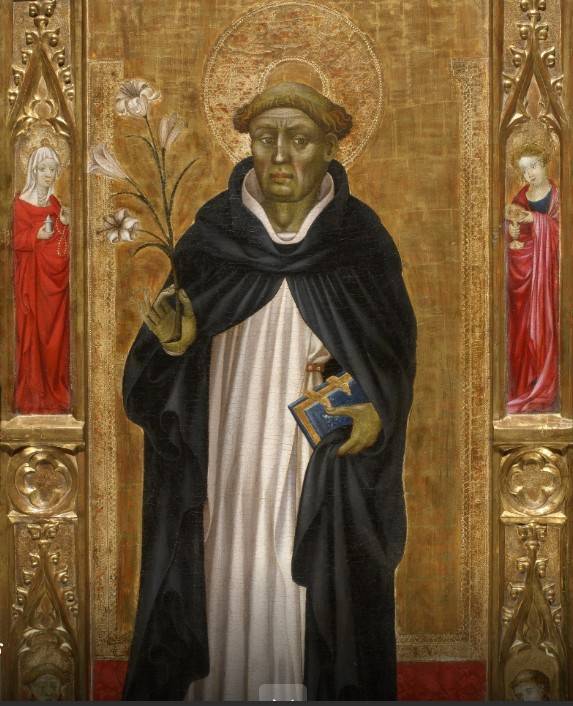
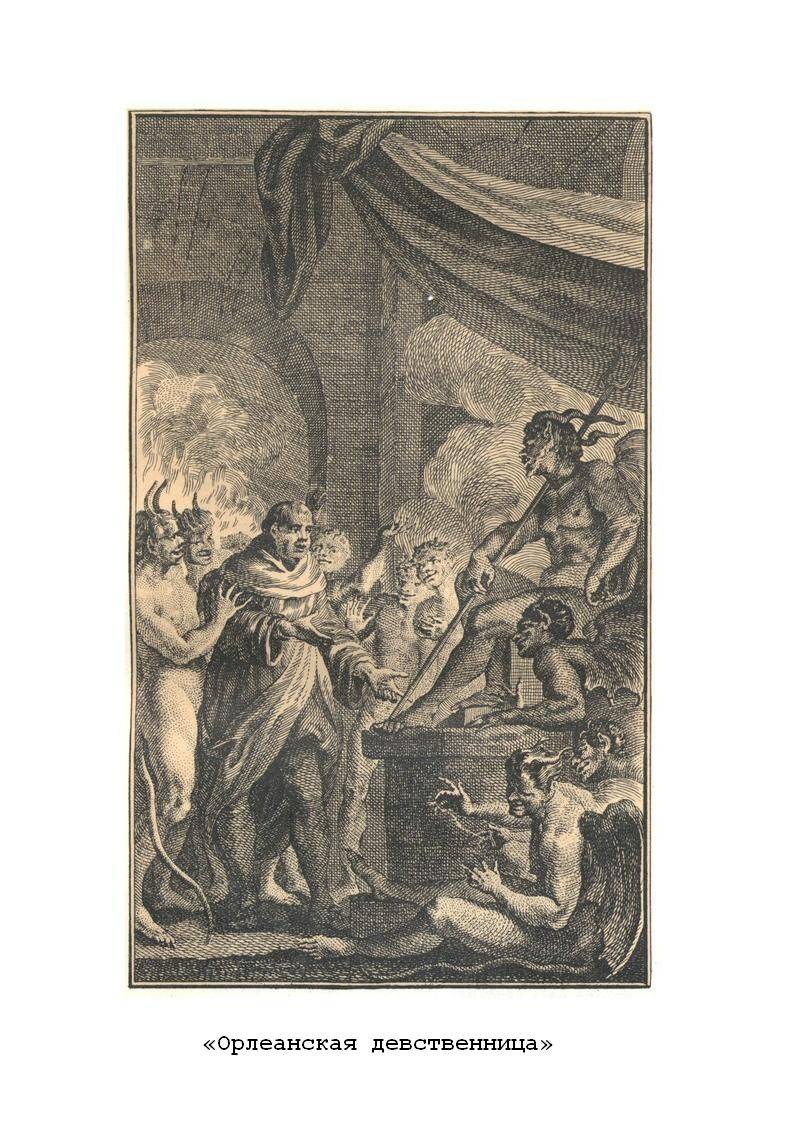
However, at the same time, a completely different person walked around the world, also declared a saint.
It was Francis, the son of a wealthy merchant from Assisi, to whom Dante dedicated the following lines:
For a woman who is not called to happiness:
They don’t like to let her in like death
...
But so that my speech would not be secretive,
Know that Francis was the groom
And the bride was called Poverty. ”
(Dante, the lay tertiary of the Franciscan Order, was laid in a coffin, dressed as a monk in a rough cassock and encircled by a simple rope with three knots.)
It is hard to believe that Francis and Dominic were contemporaries: Francis was born in 1181 (or - in 1182), died in 1226, the years of Dominic's life are 1170-1221. And it is almost impossible to believe that both managed to achieve official recognition of Rome, following life in such different ways. Moreover, Francis was canonized 6 years earlier than Dominic (1228 and 1234).
In 1215, they were in Rome during the IV Lateran Council, but there are no reliable indications of their meeting - only legends. Like this: during a night prayer, Dominic saw Christ angry at the world and the Mother of God, who, in order to appease her son, pointed to him two “righteous husbands”. In one of them, Dominic recognized himself, the second he met the next day in the church - it turned out to be Francis. He approached him, told about his vision, and "their hearts merged together in embraces and words." A lot of paintings and frescoes are dedicated to this plot.
One can only be surprised at the “modesty” of Dominic, who found the strength in himself to recognize someone other than himself as the righteous.
According to the tradition of the Franciscans, Dominic and Francis also met with Cardinal Ugolin of Ostia, who wanted to ordain them to the bishops, but both refused. Cardinal Ugolin is the future pope Gregory IX, who, during the life of Francis, reverence for the meek, poor, righteous man, but in the 1234 year he canonized Dominic, whose cassock and cloak were stained with blood.
The biographies of Francis and Dominic have much in common. They came from wealthy families (Dominic from a noble family, Francis from a merchant), but received different education. In his youth, Francis led the ordinary life of the only heir to a wealthy Italian merchant, and nothing heralded a spiritual career. And the Castilian Guzman family was famous for its piety, suffice it to say that the mother of Dominic (Juan de Asa) and his younger brother (Mannes) were later ranked as blessed. The life of St. Dominic claims that his mother received a prediction in a dream that her son would become "the light of the church and the storm of heretics." In another dream, she saw a black and white dog carrying a torch in his teeth, lighting the whole world (according to another version, the baby born by her lit a lamp illuminating the world). In general, Dominic was simply doomed to a fanatical religious education, and it paid off. They say, for example, that while still a child, trying to please God, he crawled out of bed at night and slept on bare boards of the cold floor.
One way or another, both Francis and Dominic voluntarily abandoned the temptations of secular life and both became the founders of new monastic orders, but the results of their activities were opposite. If Francis did not dare to condemn even predatory animals, then Dominic considered himself entitled to bless the massacres during the Albiguian Wars, and send thousands of people to the stake on suspicion of heresy.
The beginning of the Albigensian Wars
The predecessor of Dominic Guzman can be called the famous Bernard of Clervaux - the abbot of the Cistercian monastery, the very one who wrote the charter of the Templar Order, played a big role in organizing the Second Crusade and Crusade against the Slavs-Wends, and was canonized in 1174. In 1145, Bernard called for the return of the lost sheep, the Cathars from Toulouse and Albi, to the bosom of the Roman Church.
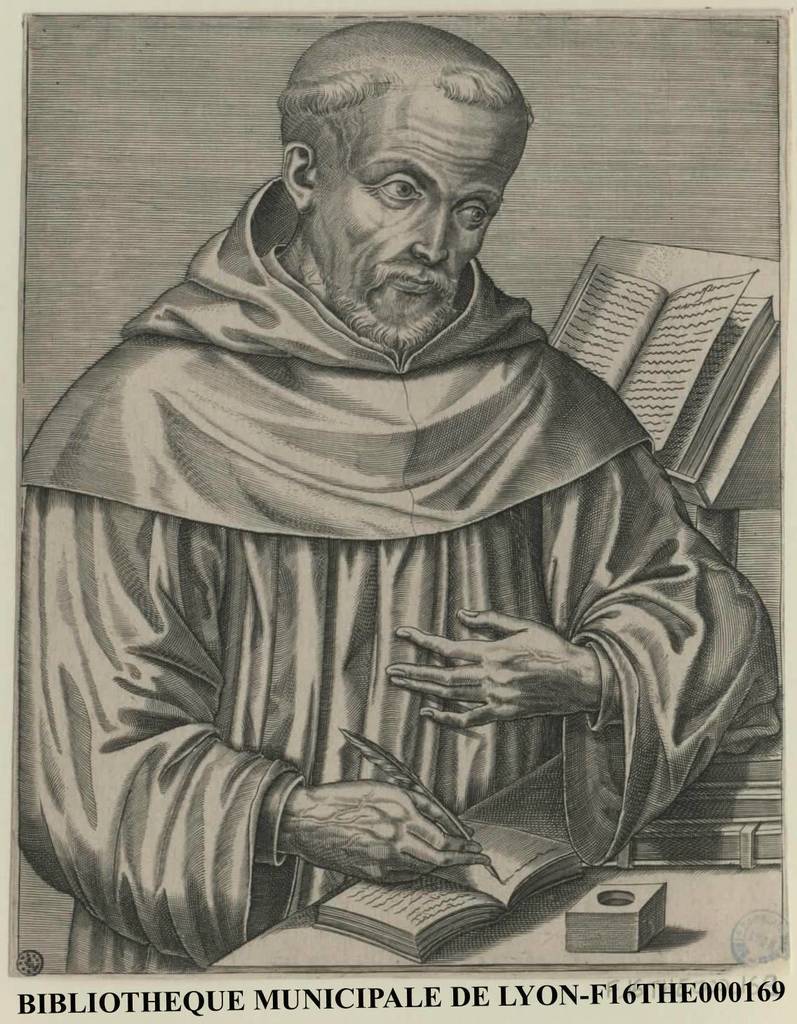
The first bonfires on which the Cathars were burned caught fire in the 1163 year. In March 1179, the Third Lateran Council officially condemned the heresy of the Cathars and Waldensians. But the struggle with them was still inconsistent and sluggish. Only in the 1198 year, after the accession of Pope Innocent III to the Roman throne, did the Catholic Church take decisive steps to eradicate heretics.
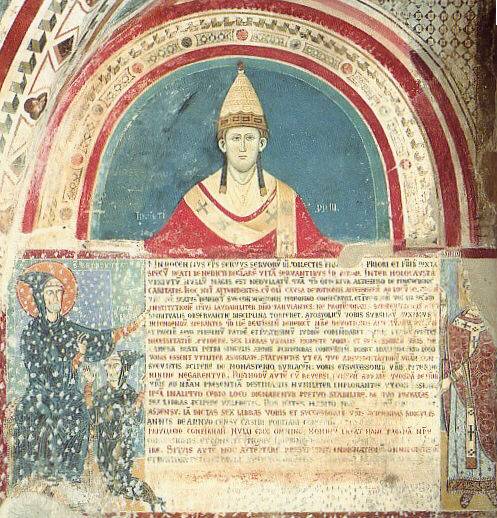
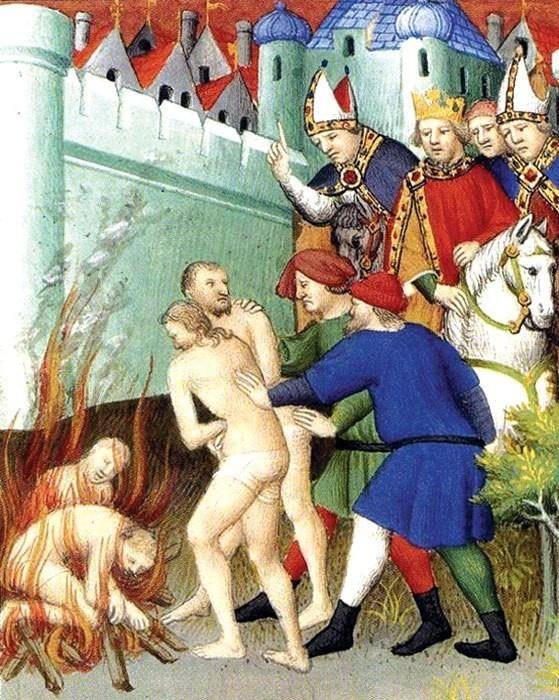
Initially, preachers were sent to them, among which was Dominique de Guzmán Garcés - at that time one of the trusted employees of the new pope. In fact, Dominic was going to preach to the Tatars, but Pope Innocent III ordered him to join the legates on their way to Occitania. Here he tried to compete in asceticism and eloquence with the "perfect" Cathars (perfecti), but, like many others, he did not achieve much success. Church authorities reacted to their failures with the first interdict. Among the excommunicated was even the Toulouse Earl Raymond VI (excommunicated in May 1207), who was later charged with the murder of the papal legate Pierre de Castelno. Seeing that such actions did not give the desired effect, Pope Innocent III urged the faithful Catholics to the Crusade against the Occitan heretics, to which, in exchange for forgiveness, even Raimund VI joined. To do this, he had to go through an extremely humiliating procedure of public repentance and scourging.
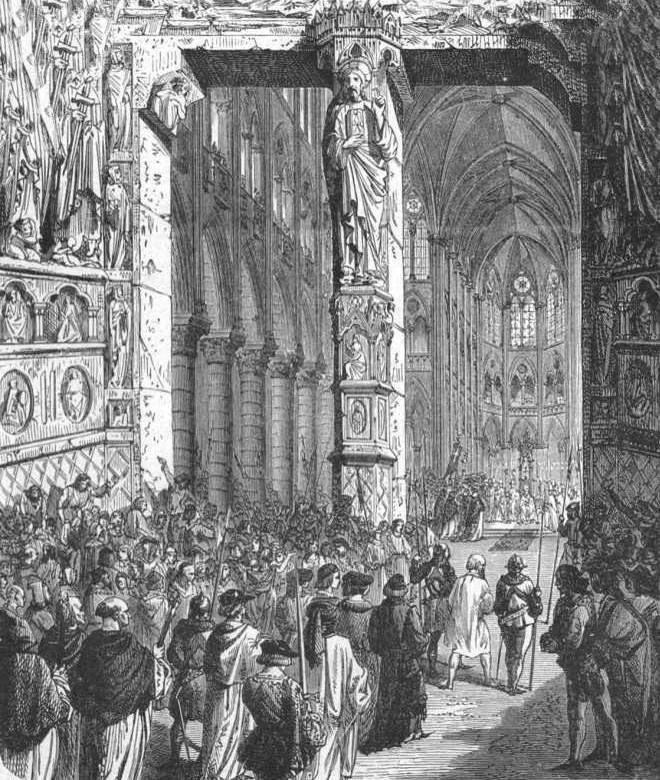
The army gathered in Lyon (its number was about 20 thousand people) was headed by Simon de Montfort, an experienced crusader who fought in Palestine in 1190-1200 years.
But the crusaders who went on this campaign were illiterate people, they knew little about theology and could hardly have distinguished Qatar from a pious Catholic on their own. For such purposes, the loser “contest” with the “perfect” Cathars was needed, but received a good theological education, Dominic Guzman, who became a close friend and adviser to Simon de Montfort. Often it was he who determined whether a person or group of people belonged to heretics, and personally sentenced suspects in the Qatari heresy.
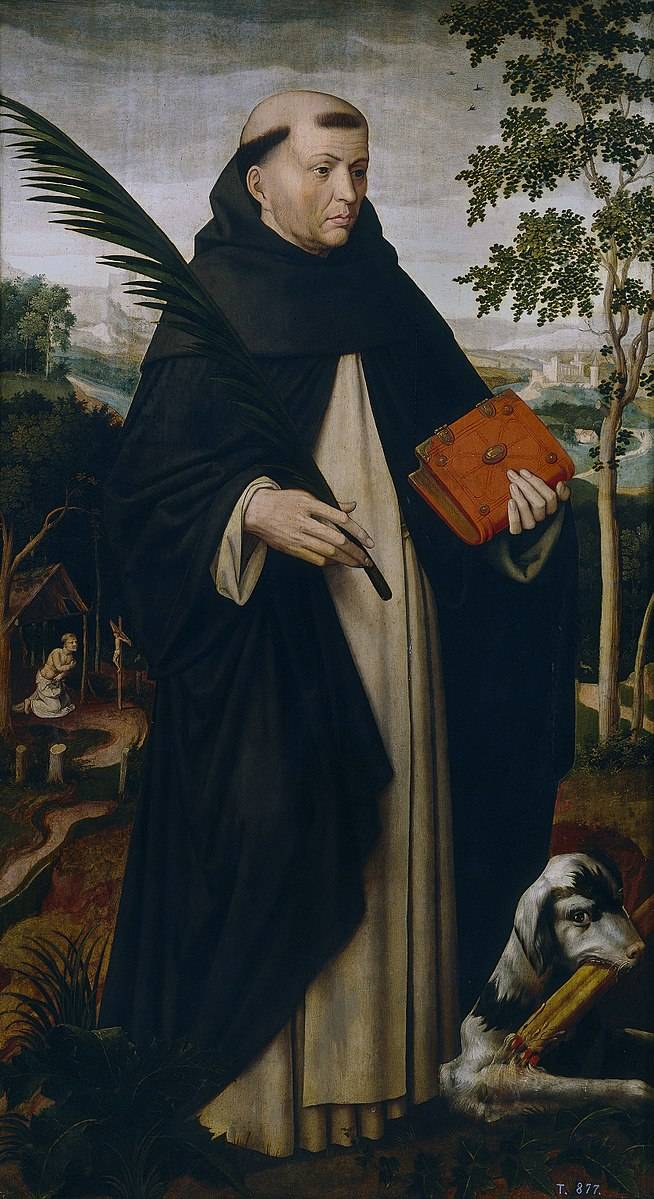
It was impossible to call the bulk of the crusaders overly sensitive even with a very great desire. In order to receive the forgiveness promised by Rome of all sins and earn eternal bliss, they were ready to kill, rape and rob heretics at any time of the day or night. But even decent and God-fearing people came across in this army: in order to calm their conscience, the Cathar preachers who practiced asceticism and sexual abstinence were accused of debauchery and copulation with demons. And the "perfect", who considered it a sin to kill any living creature, except for the snake, was declared robbers, bloodthirsty sadists and even cannibals. The situation is not new and widespread: as the German proverb says, "before you kill a dog, it is always declared scabies." Catholic "warriors of light", led by an officially recognized saint, simply could not be criminals, and their opponents did not have the right to be called innocent victims. Another thing is surprising: simple “terrible tales”, hastily invented to deceive the ignorant ordinary crusaders, later misled many certified historians. In all seriousness, some of them repeated in their writings tales of the Cathars' hatred of the World created by God and the desire to destroy it, to bring the End of the World closer, for which orgies were arranged and committed abominations capable of driving Nero or Caligula into the paint. Meanwhile, the region of Southern France, which later (after joining France) will be called Languedoc, was in its heyday, in all respects ahead of the crusader’s native lands in its development.
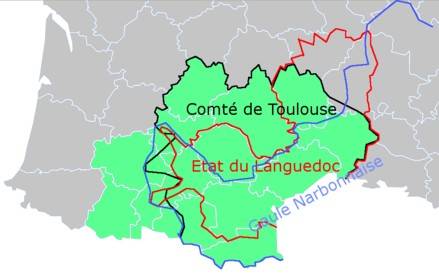
She could well get ahead of Italy, becoming the birthplace of the Renaissance. It was a country of courteous knights, troubadours and minnesang. The presence of the Cathars did not in the least prevent her from being a land of material abundance and high culture, speaking the obscure language of her Franks neighbors (who would soon come to plunder Toulouse and the surrounding cities) as lazy barbarians and savages. This is not surprising, since the vast majority of people are ready to recognize the benefits and the need for reasonable restrictions and moderate asceticism, ready to respect and even recognize as saints the individual ascetics who preach self-torture, voluntary poverty and renunciation of all worldly goods, but strongly disagree to follow their example. Otherwise, not only Occitania would have started up and fell into decay, but also Italy, where at that time Francis, who had loved poverty, was preaching. Imagine for a moment that the lands of the Cathars were given the opportunity for peaceful development, or they defended their views in a bloody war. In this case, in the territory of present southern France, a state with an original culture, excellent literature, and very attractive for tourists would probably appear. And in the 21st century, what do we care about the overlord of the rights of the French kings or the financial losses of Catholic Rome? But it was wealth, by and large, that destroyed this failed state.
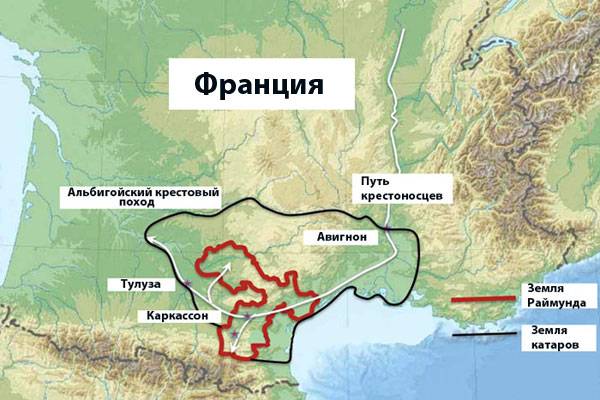
The fact that the beliefs of the Cathars were sincere is eloquently testified by the following fact:
In March 1244, Montsegur fell, 274 "perfect" ascended the fire, and the soldiers were offered life in exchange for renunciation of their faith. Not everyone agreed, but even the Forsaken were executed, because some monk ordered them to prove the truth of renunciation by hitting a dog with a knife.
For the “good Catholics” (as Dominic Guzman’s faithful comrades-in-arms imagined them), it was apparently not at all difficult to poke an unsuspecting gullible dog with a knife. But this turned out to be completely impossible for the Cathars standing at the scaffold: none of them shed the blood of an innocent creature - they were warriors, not sadists.
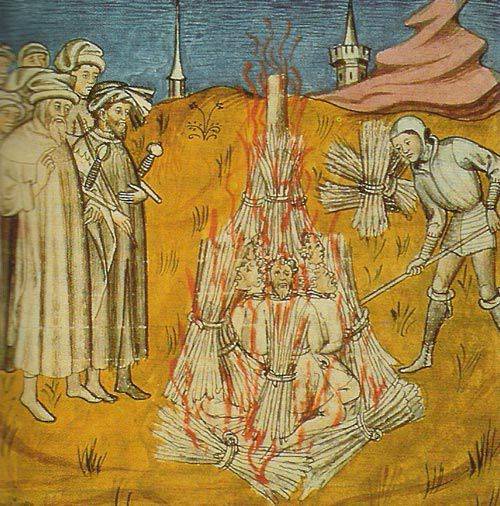
Order of Brother Preachers
The merits of Dominique in exposing the secret Cathars were so great that in 1214, Simon de Montfort gave him the "income" received from the looting of one of the "heretical" cities. Then he was given three buildings in Toulouse. These houses and funds received from the robbery, and became the basis for the creation of a new religious order of brothers preachers (this is the official name of the Dominican Order) - in 1216 year. There are two versions of the coat of arms of the Order of Monk Preachers.
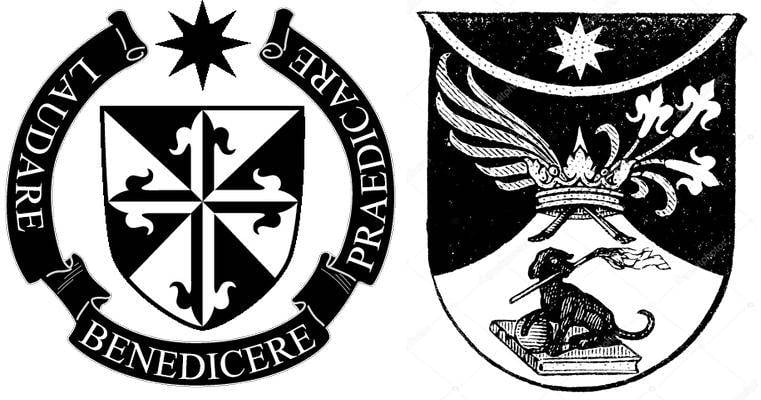
On the left, we see a cross around which the words of the motto are written: Laudare, Benedicere, Praedicare (“Praise, bless, preach!”).
On the other is an image of a dog carrying a lit torch in its mouth. This is a symbol of the dual mission of the order: the preaching of the Divine Truth (a burning torch) and the protection of the Catholic faith from heresy in all its manifestations (dog). Thanks to this version of the coat of arms, a second, unofficial, name of this Order appeared, based also on the "pun": "Dogs of the Lord" (Domini Canes). And the black and white suit of the dog matches the colors of the traditional robes of the monks of this order.
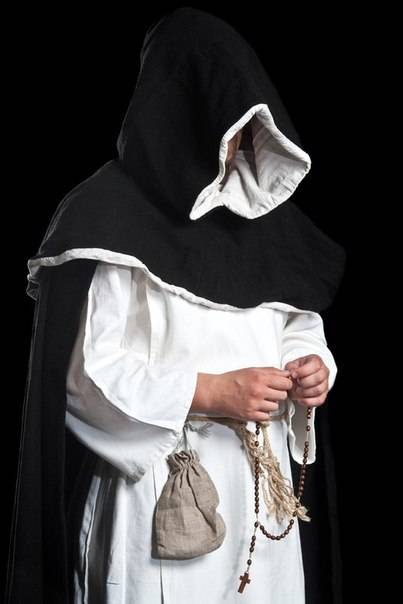
Probably, this particular coat of arms was the basis of the legend about the “prophetic” dream of Dominic’s mother, which was described earlier.
In the 1220 year, the Order of the Brothers Preachers was declared beggarly, but after the death of Dominic this commandment was often not observed, or it was not observed very strictly, and in 1425 it was completely canceled by Pope Martin V. The head of the Order is a general master, in each the country has branches of the Order, which are headed by provincial priors. During the period of the highest power, the number of provinces of the Order reached 45 (11 of them outside Europe), and the number of Dominicans - 150 thousand people.
The Dominican sermon of the Divine Truth at first, as you understand, was by no means peaceful, and I would comment on this “sermon” with the words from 37 Psalm of King David: “There is no peace in my bones from my sins.”
When you read about the incredible cruelties of those years, it’s not the words of prayers that come to mind, but these lines (written by T. Gnedich at a different time and for a different reason):
Take us to the mountain temple
In hell came the pitch
All rebellious to us.
Angels light robe,
The forces of the holy regiments!
Downward sword
Into the thick of enemies!
Sword hitting the daring
By the power of immortal hands
Heart-cutting sword
The pain of great torment!
Wastes to hell
Their skulls are paths!
Lord, remember us sinners!
Lord, take revenge! ”
And further:
May your sword be punished, Archangel Michael!
May it not remain on the Earth (and also under the Earth)
Nothing contrary to magnificent power! ”
In Toulouse, the preacher brothers fought so fiercely that in 1235 they were expelled from the city, but returned two years later. Inquisitor Guillaume Pelisson proudly reports that in 1234, the Dominicans of Toulouse, having received news that one of the women dying nearby received a “consulmentum” (the Qatari equivalent of the ritual of communion before death), interrupted a gala dinner in honor of the canonization of their patron to burn the unfortunate earl meadow.
In other cities in France and Spain, the population was so hostile to the Dominicans that at first they preferred to settle outside the city limits.
Albigensian wars and their results
The Albigensian wars began with the siege of the city of Beziers in the 1209 year.
Attempts by Raimund-Roger Trancavel - the young lord Beziers, Albi, Carcassonne and some other "heretical" cities to enter into negotiations did not succeed: the crusaders who had set about robbery simply did not talk to him.
22 July 1209 years their army besieged Beziers. The outing of the townspeople who had no combat experience ended with the crusaders chasing them breaking into the city gates. It was then that the papal legate Arnold Amalric, allegedly, said that she entered history phrase: "Kill everyone, the Lord will know his own."
In fact, in a letter to Innocent III, Amalric wrote:
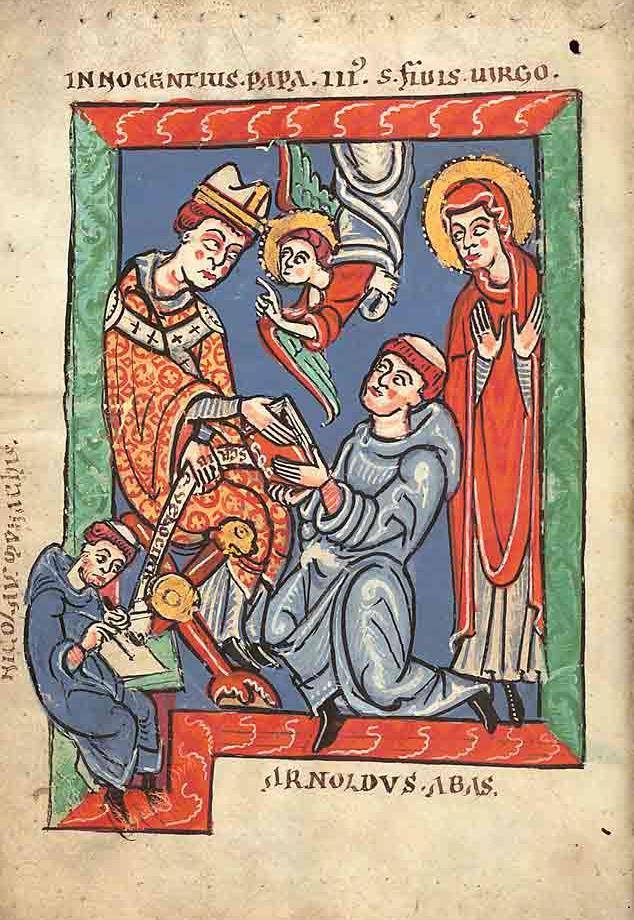
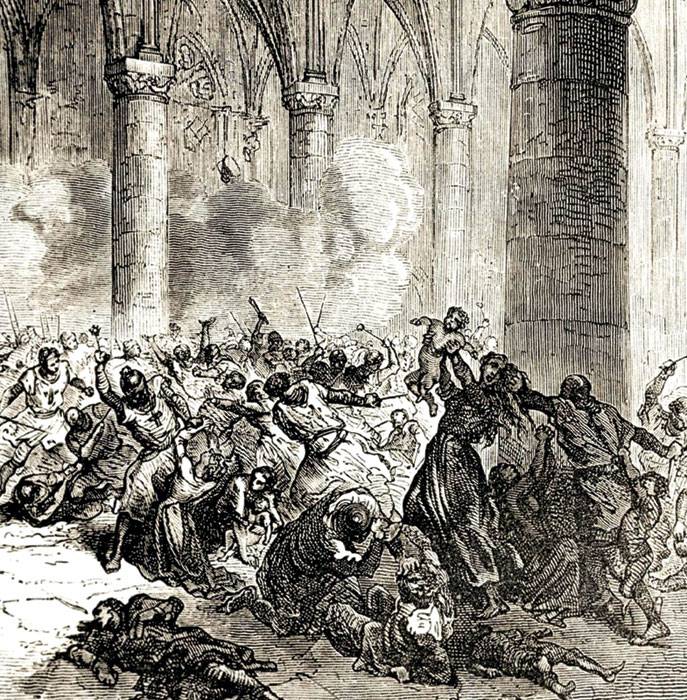
Shocked by the atrocities of the "Christ-loving warriors", the Viscount Raimund Trankevel ordered all his subjects to be notified:
The gathering place of these unfortunates was Carcassonne. On 1 of August 1209, the crusaders besieged him, cutting him off from sources of drinking water.
After 12 days, the naive 24-scum knight again tried to enter into negotiations, but was treacherously captured and three months later died in the dungeon of his other castle - Komtal.
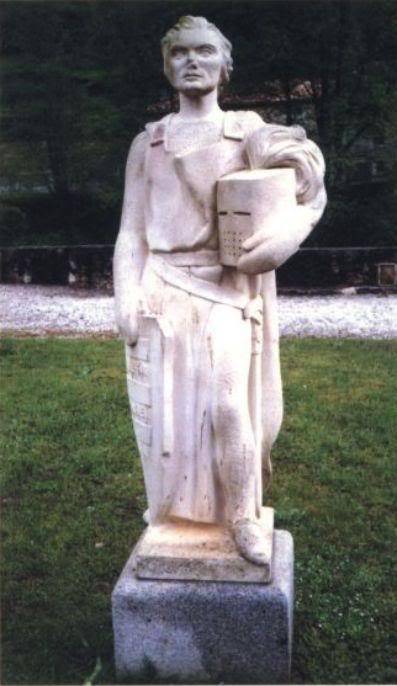
Left without a recognized commander, Carcassonne fell two days later.
In 1210, Simon de Montfort decided to go down in history by sending Pierre Roger de Cabaret, a knight whose castle he could not take, 100 of mutilated captives from the neighboring city of Bram - with his ears and noses cut off and blinded: only one of them, who had to become a guide, the crusader left one eye. And Raimund VI VI Monfort generously proposed dissolving the army, tearing down the fortifications of Toulouse, renouncing power and joining the ranks of the hospitaliers, go to the county of Tripoli, in the Holy Land. Raimund refused and in 1211 was again excommunicated. The Count’s property, to the great joy of the crusaders, was declared confiscated in favor of the one who could seize it.
But the deceived Raimund VI had a strong ally - Pedro II the Catholic, his wife’s brother, King of Aragon, Count of Barcelona, Girona and Roussillon, Senor Montpellier, who in 1212 took Toulouse under his protection.
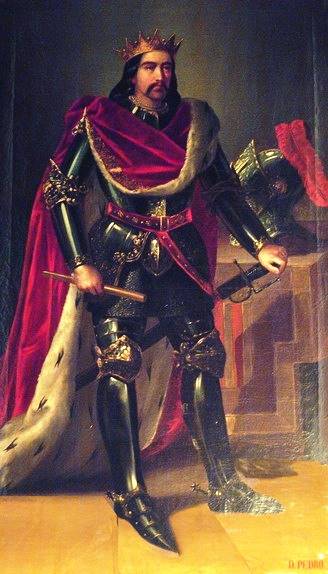
The Aragonese, who voluntarily declared himself a vassal of Pope Innocent III, for a long time avoided war with the crusaders. He negotiated and dragged on time as much as he could, but nevertheless came to the rescue - despite the fact that his son Jaime was the groom of the daughter of Simon de Montfort, since 1211 he has been with the conqueror, and now he has become a hostage.
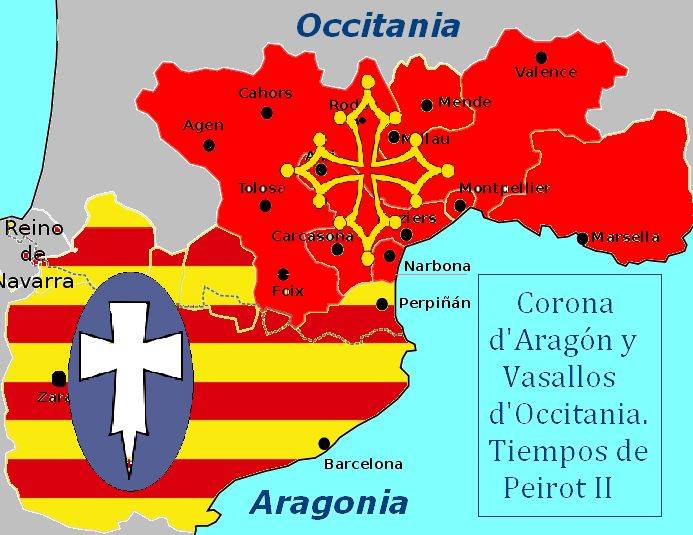
Together with his Aragonese ally, Count Raimund opposed the crusaders, but was defeated in September 1213 at the Battle of Muir. In this battle, Pedro II died, his son and heir - Jaime, the future hero of the Reconquista, was a prisoner of Montfort. Only in May 1214, at the insistence of Pope Innocent III, he was released to his homeland.
Toulouse fell in the year 1215, and at the cathedral in Montpellier, Simon de Montfort was declared the owner of all the conquered territories. The king of France, Philip II Augustus, did not lose, whose vassal was this leader of the crusaders.
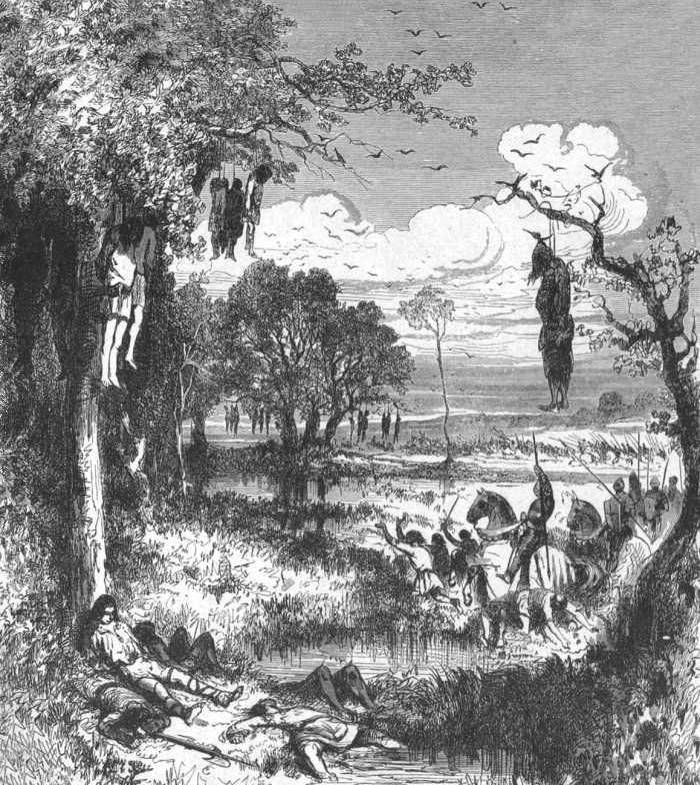
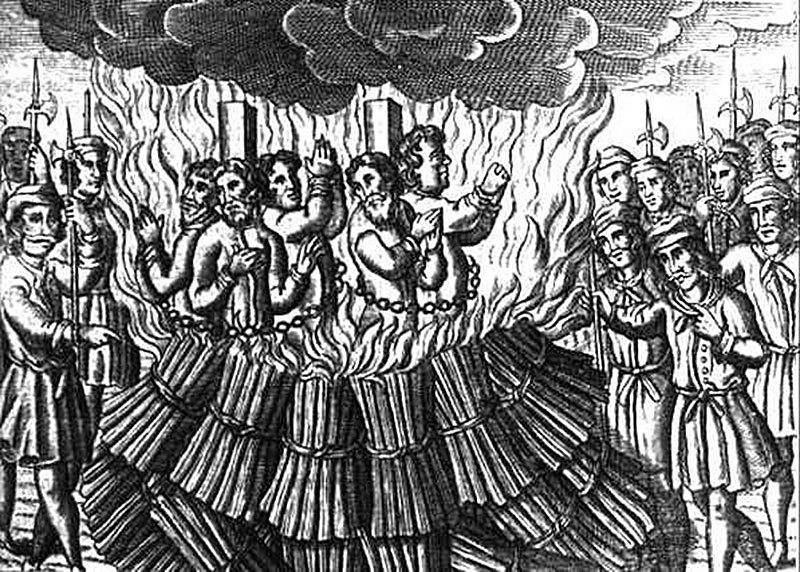
In January 1216 of the year Arnold Amalric, already mentioned by us, appointed by the Archbishop of Narbonne, decided that spiritual authority was good, but secular - even better, and demanded a vassal oath from the inhabitants of this city. Not wanting to share Simon de Montfort, an enterprising papal legate excommunicated. This excommunication made no impression on the Crusader, and he stormed Narbonne.
While the robbers shared the batons stolen from each other, the rightful owner of these places landed in Marseille - Raimund VI, who was ravaged by Montfort Toulouse rebelled, and by 1217 the Count regained almost all of his possessions, but renounced power in favor of his son.
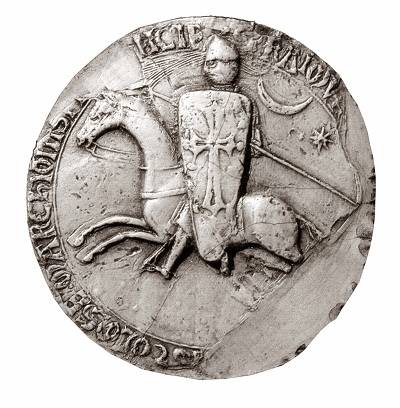
And Simon de Montfort died during the siege of the rebellious Toulouse from a direct hit by a stone-throwing machine shell - in the 1218 year.
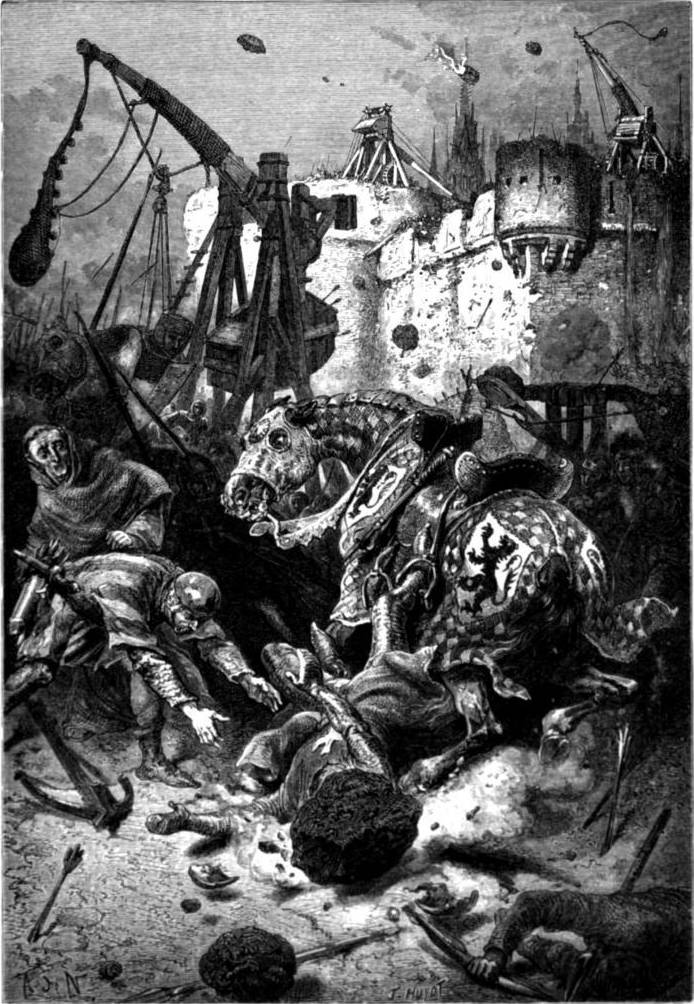
The war was continued by the children of old enemies. In 1224, Mr. Raimund VII (son of Raimund VI) expelled Amory de Montfort from Carcassonne, then, according to the old good tradition, he was excommunicated (in 1225 year), but in the end he won only the French king Louis VIII, nicknamed Leo, who annexed Toulouse County to his possessions. However, this did not bring him happiness: before he could reach Toulouse, he fell seriously ill and died on the way to Paris - in Auvergne.
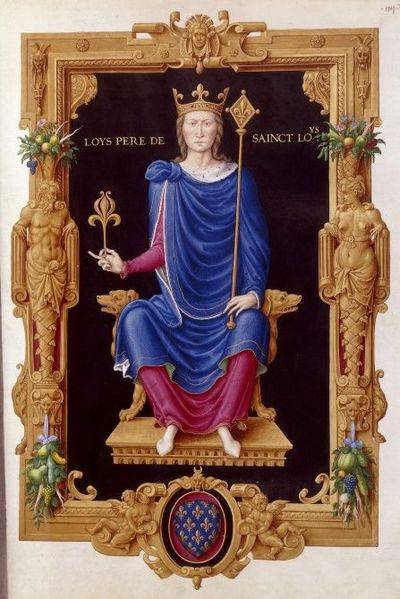
Amory de Montfort, transferring the already lost possessions to King Louis VIII, received in return only the title of France’s connable. In the 1239 year, he went to fight with the Saracens, in the battle of Gaza he was captured, in which he spent two years, was bought by relatives - only in order to die on the way home (in 1241 year).
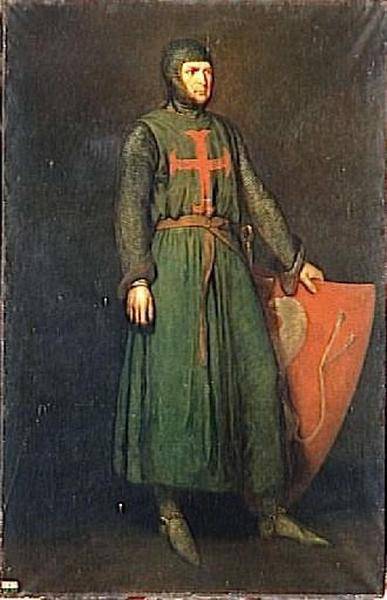
Dominic de Guzmán died even earlier - on 6 of August 1221 of the year. The last hours of his life became the plot of many paintings, which often depict the Evening Star - Dominicans believed that they lived at the end of time and were “workers of the eleventh hour” (they considered John the Baptist to be the “Morning Star”). Dominican Fra Angelico also depicted this star at Dominica's forehead 200 years after the death of the founder of his Order - on the lower right of the altar panel “Coronation of the Virgin”.
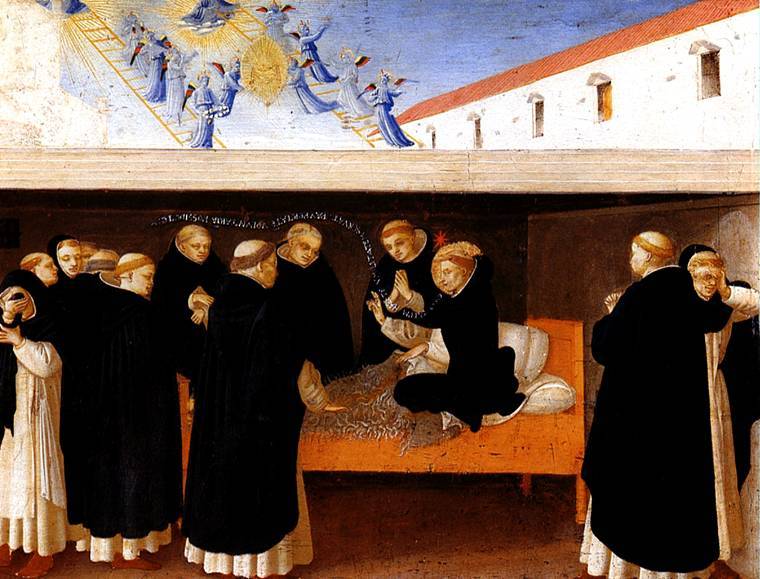
Currently, there is a state named after this saint - the Dominican Republic, located in the eastern part of the island of Haiti. But the island state of Dominica got its name from the word "Sunday" - on this day of the week the island was discovered by the Columbus expedition.
In 1244, the last stronghold of the Albigenses of Montsegur fell, but the Cathars still retained some influence here. The Inquisitor’s manual said that Cathars can be identified by poor dark clothing and an emaciated figure. Who do you think in medieval Europe dressed poorly and did not suffer from obesity? And which sections of the population suffered the most from the zeal of the “holy fathers”?
The last “perfect" Cathar known to history - Guillaume Belibast, was burned by the inquisitors only in the 1321 year. It happened at Villeurage Theremin. Even earlier, the Cathars left the troubadours from Southern France: Girat Riquiere, who was considered the last of them, was forced to go to Castile, where he died in 1292. Oksitania was ravaged and thrown far back, a whole layer of unique high medieval European culture was destroyed.
Dominicans Inquisitors
Having dealt with the Cathars, the Dominicans did not stop and began to search for other heretics - at first “on a voluntary basis”, but in the 1233 year they obtained from Pope Gregory IX a bull which gave them the right to “eradicate heresies”. Now it was not far before the creation of the permanent tribunal of the Dominicans, which became the organ of the papal Inquisition. But this aroused indignation among local hierarchs who tried to resist the infringement of their rights by monks who came from nowhere, and at the 1248 Council, it came to direct threats to dull bishops, whom the papal inquisitors could now, if their decisions were not fulfilled, be allowed into their own churches . The situation was so acute that in 1273, Pope Gregory X made a compromise: the inquisitors and church authorities were ordered to coordinate their actions.
The first great inquisitor of Spain was also the Dominican - Thomas Torquemada.
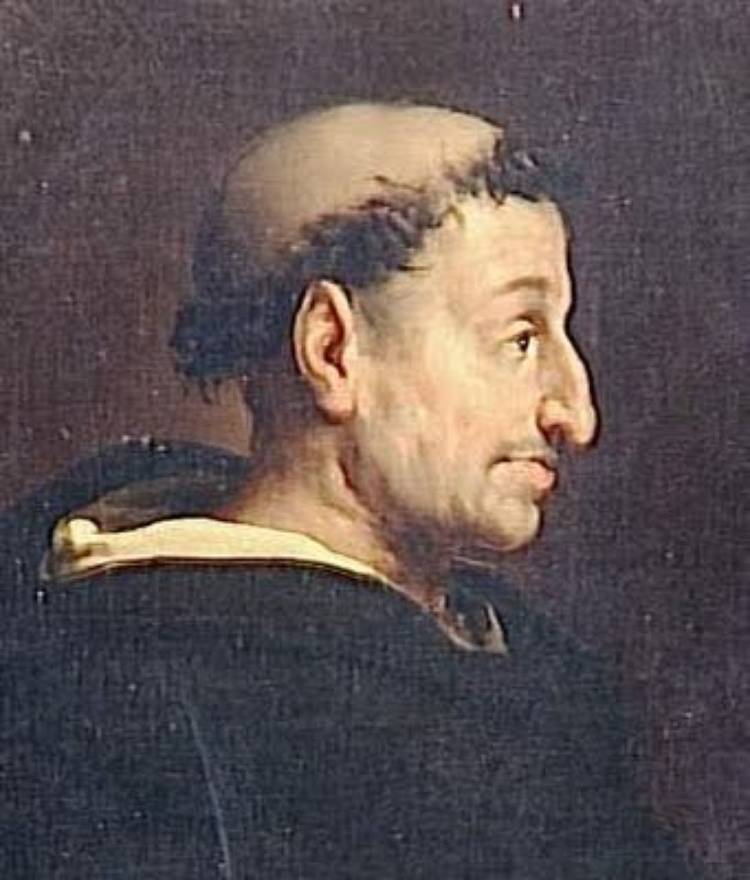
His contemporary - German Dominican Jacob Sprenger, professor and dean of the University of Cologne became a co-author of the infamous book “Hammer of the Witches”.
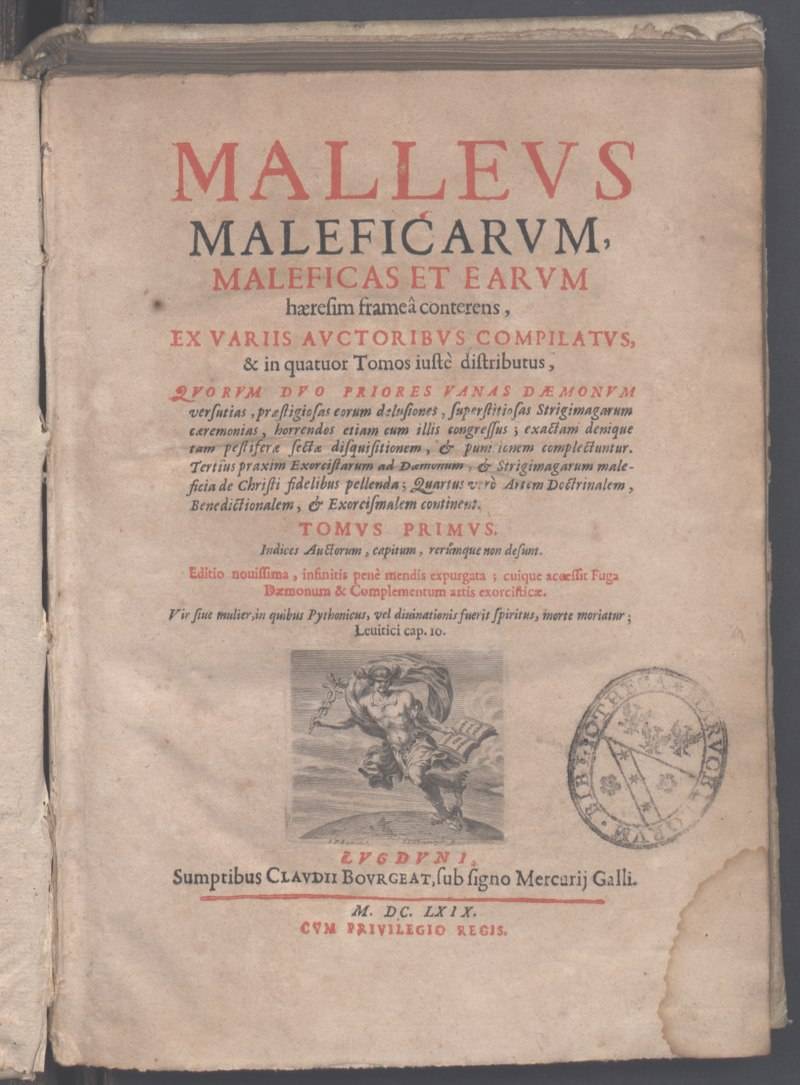
Their “colleague,” the German inquisitor Johann Tezel, argued that the significance of indulgences exceeds even the meaning of baptism. It was he who became the character in the legend of a monk who sold a certain knight forgiveness for a sin that he would commit in the future - this sin turned out to be a robbery of the “sky merchant” himself.
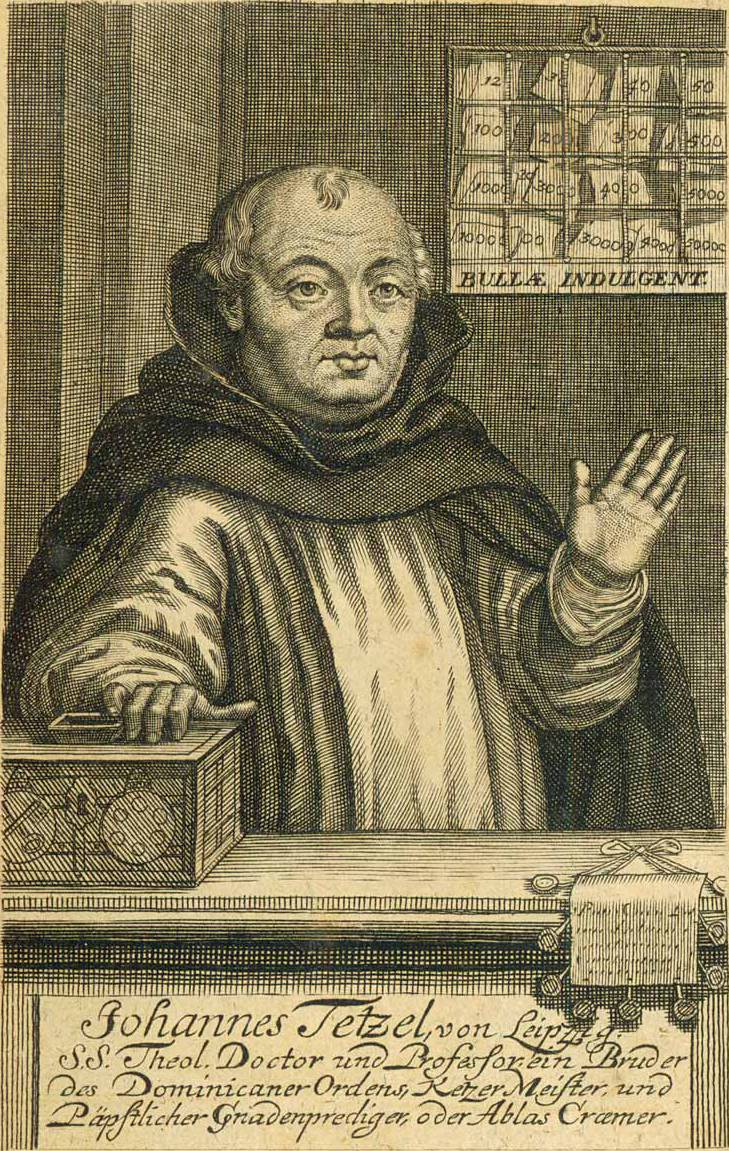
He is also known for his unsuccessful attempt to refute 95 Luther's theses: Wittenberg students burned 800 copies of his “Theses” in the courtyard of the university.
Currently, the papal Inquisition has the neutral name “Congregation for the Doctrine of the Faith,” the head of the judicial department of this department, as before, can only be one of the members of the Order of Brothers Preachers. Two of his assistants are also Dominicans.
So different Dominicans
The Dominican Curia General is now in the Roman monastery of St. Sabina.
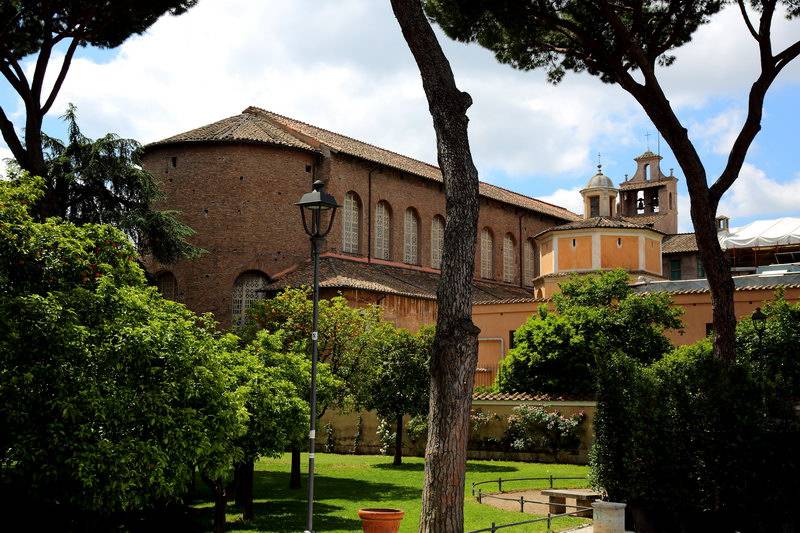
During its existence, this Order has given the world a huge number of famous people who have achieved success in various fields.
Five Dominicans became popes (Innocent V, Benedict XI, Nicholas V, Pius V, Benedict XIII).
Albert the Great rediscovered the works of Aristotle for Europe, and wrote 5 treatises on alchemy.
Two Dominicans were recognized as Church Masters. The first of these is Thomas Aquinas, the "angelic doctor" who formed the "5 evidence of the existence of God." The second is the nun in the world, Catherine of Siena, the first woman who was allowed to preach in the church (for this I had to violate the ban of the Apostle Paul). It is believed that she, following Dante, contributed to the transformation of the Italian language into a literary one. She convinced Pope Gregory XI to return to the Vatican.
The Dominicans were the famous Florentine preacher of Savonarola, who actually ruled this city in 1494-1498, the artists of the Early Renaissance, fra Angelico and fra Bartolomeo, philosopher and utopian writer Tomaso Campanella.
The missionary Gashpar da Cruz, who lived in the 16th century, wrote the first book about China published in Europe.
Bishop Bartolome de Las Casas became the first New World historian, and became famous for the struggle for the rights of local Indians.
Dominican monk Jacques Clement went down in history as the murderer of the French king Henry III of Valois.
Giordano Bruno was also a Dominican, but he left the order.
The Belgian Dominican monk Georges Pir, for his work in assisting refugees in 1958, became a Nobel Peace Prize laureate.
In 2017, the Order consisted of 5742 monks (more than 4 000 of them are priests) and 3724 nuns. In addition, secular persons, the so-called tertiary, can be its members.
In the next article, we will talk about the second, more human face of the Catholic Church, and talk about the activities of Francis of Assisi.
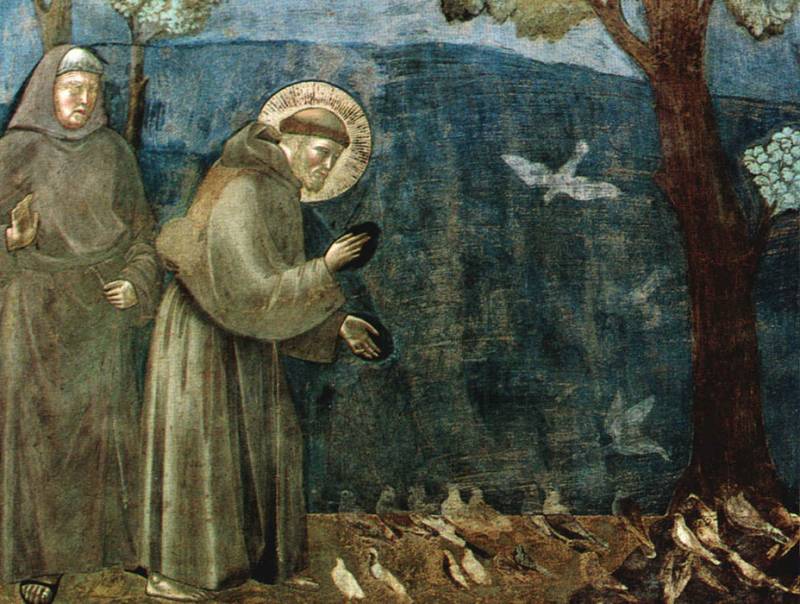
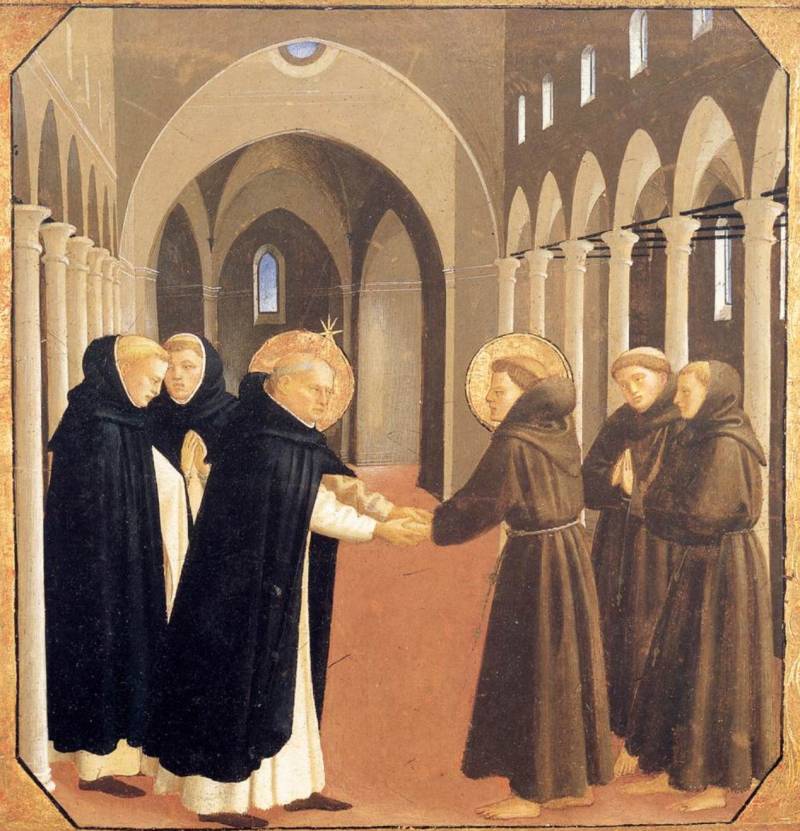
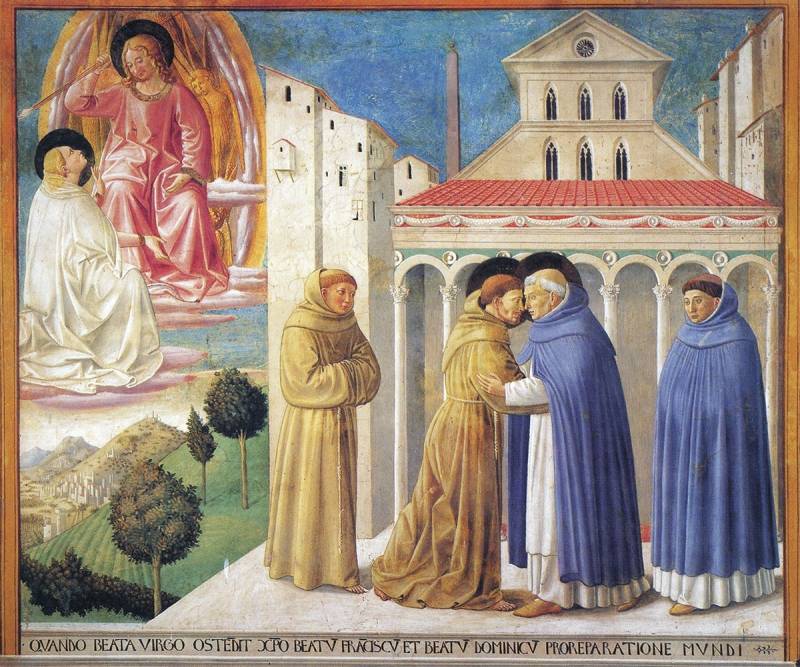
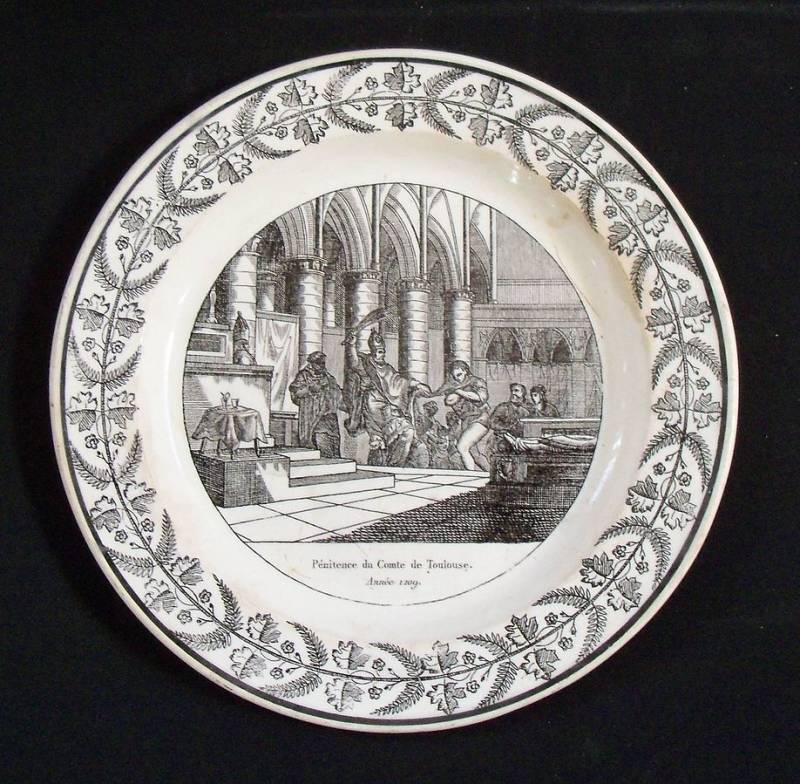
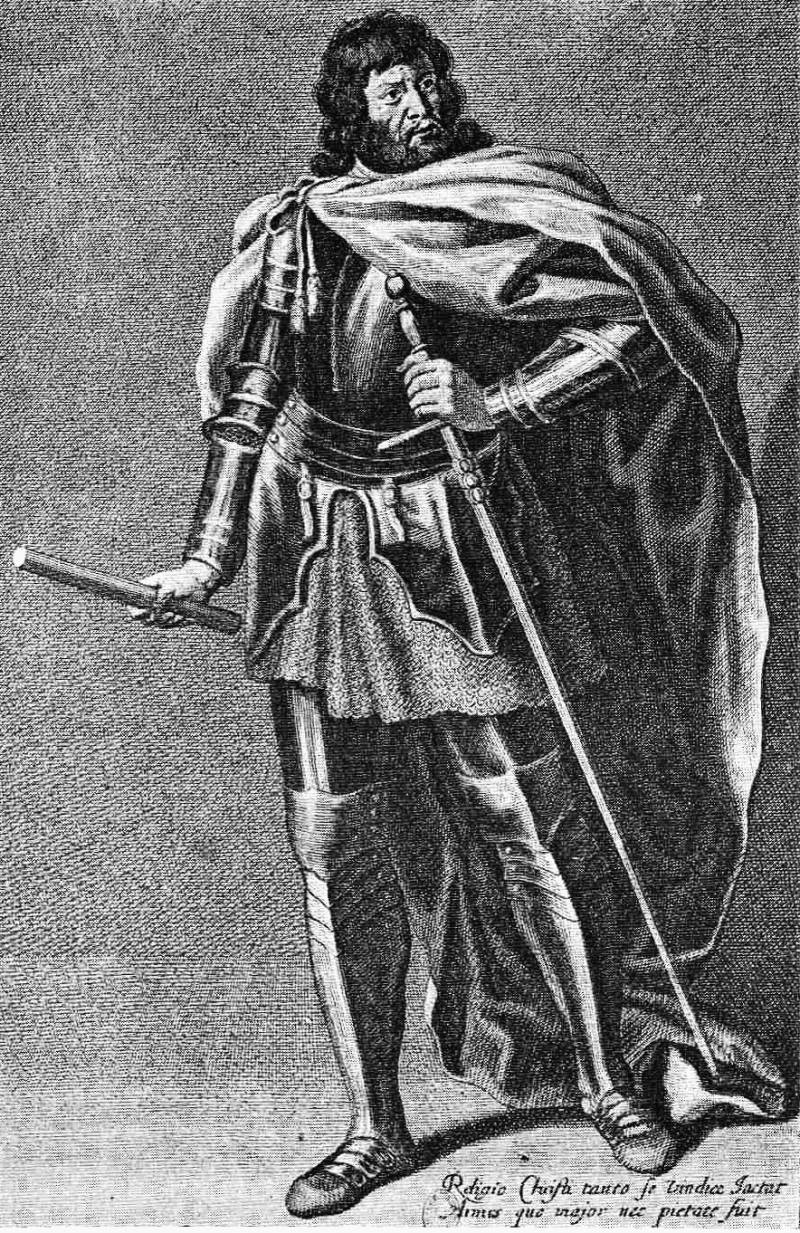
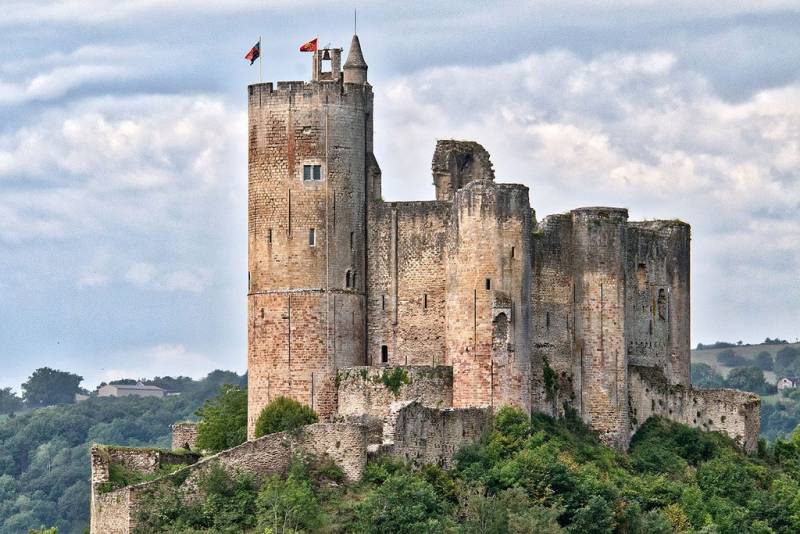
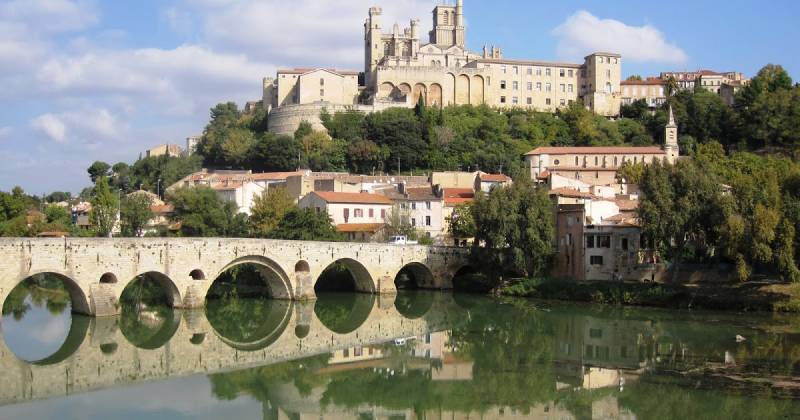
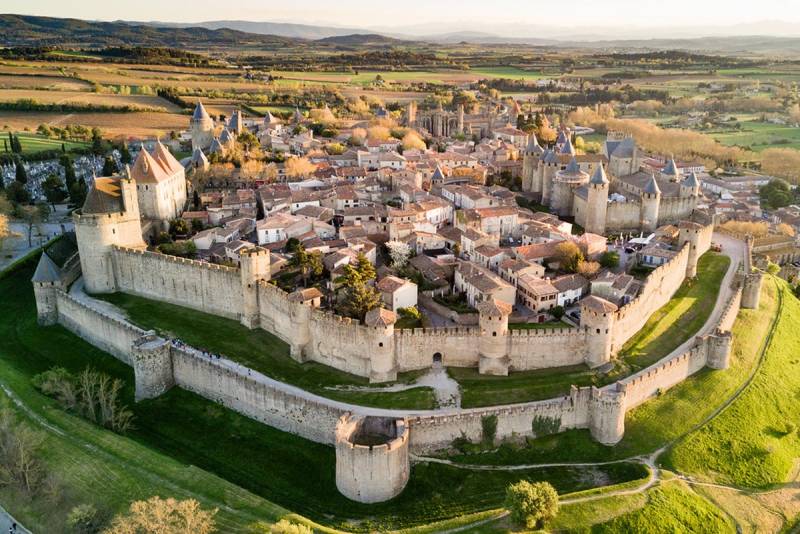
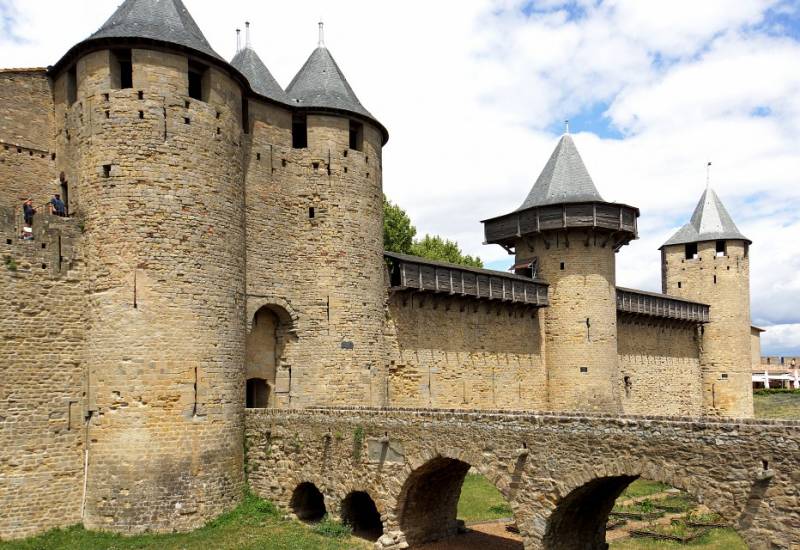
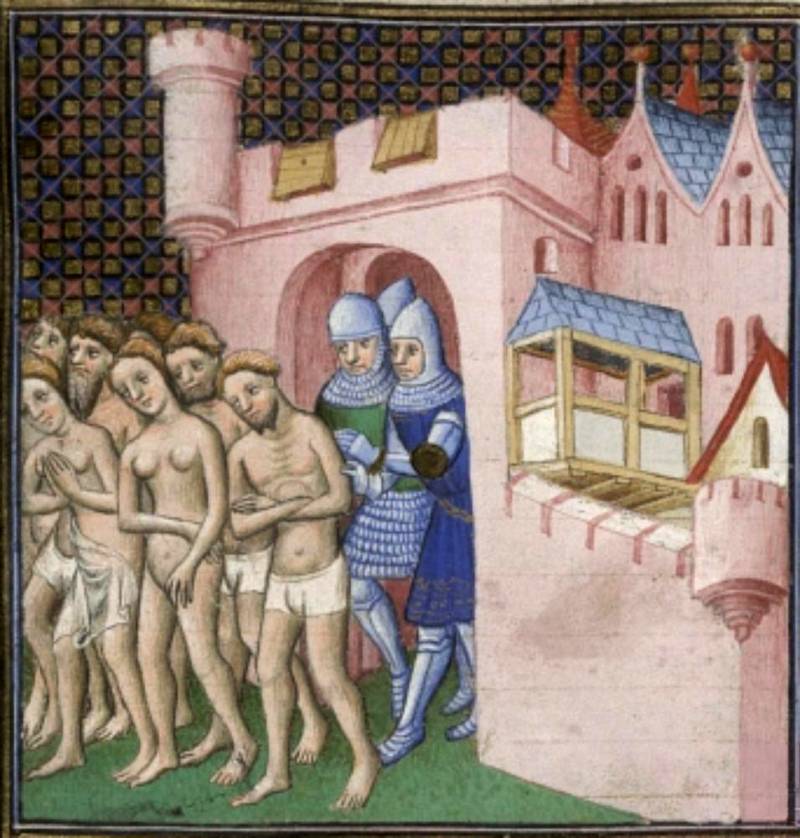
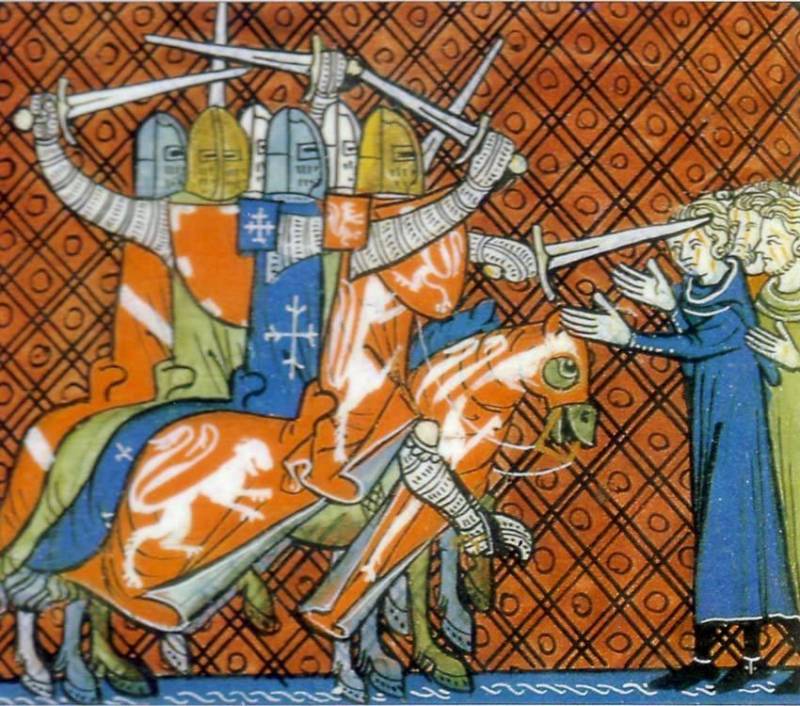
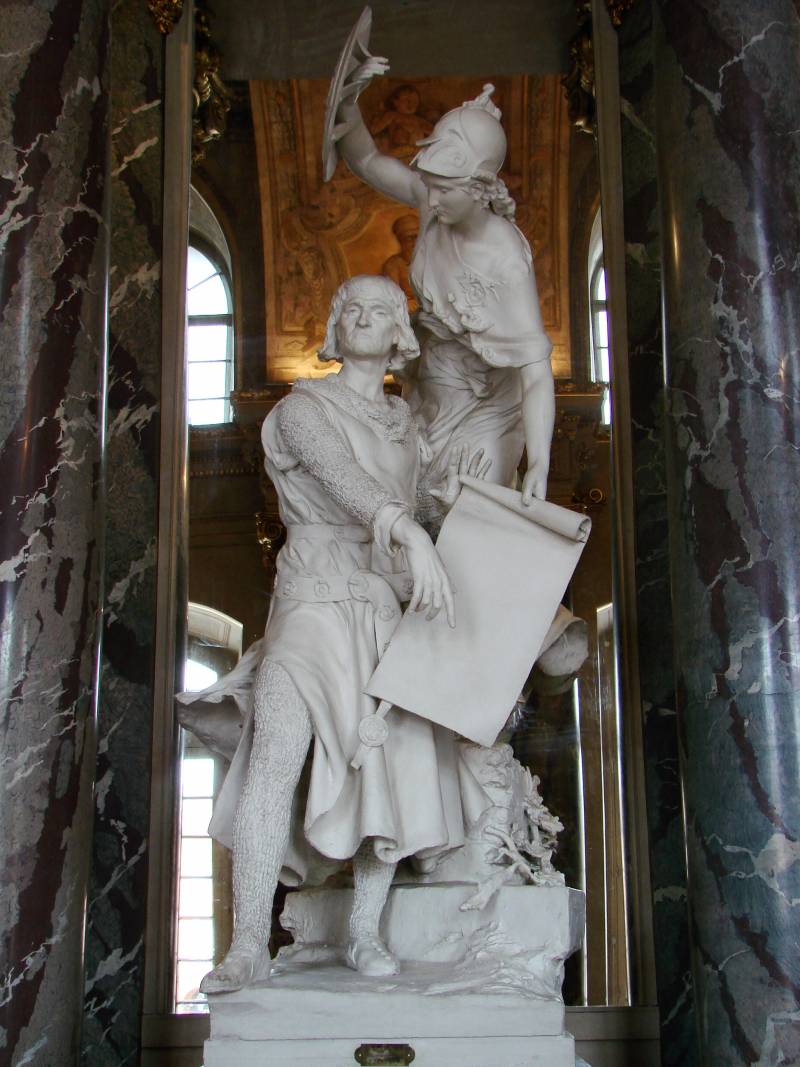
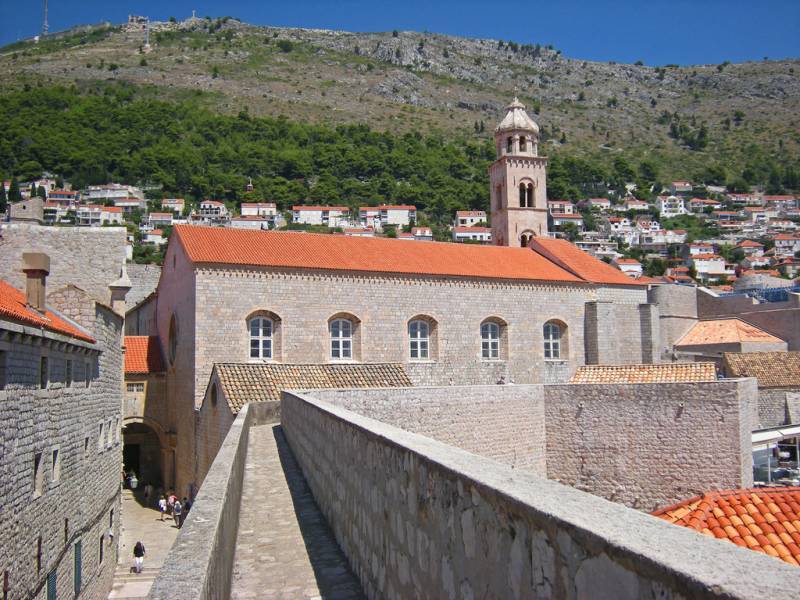
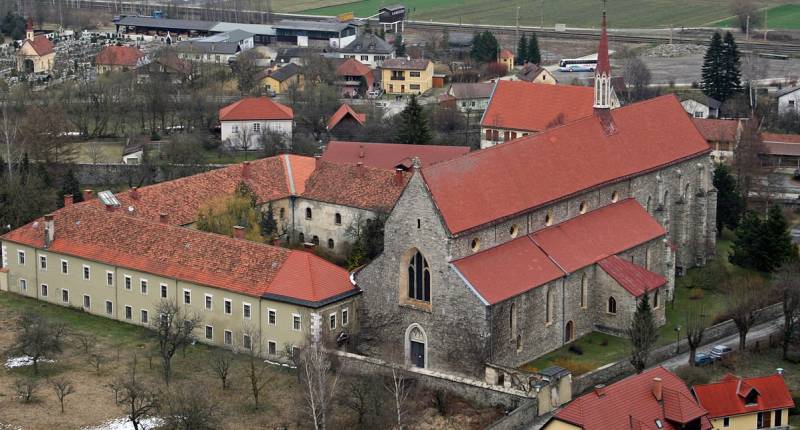
Information